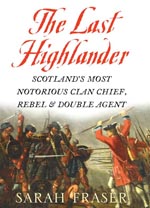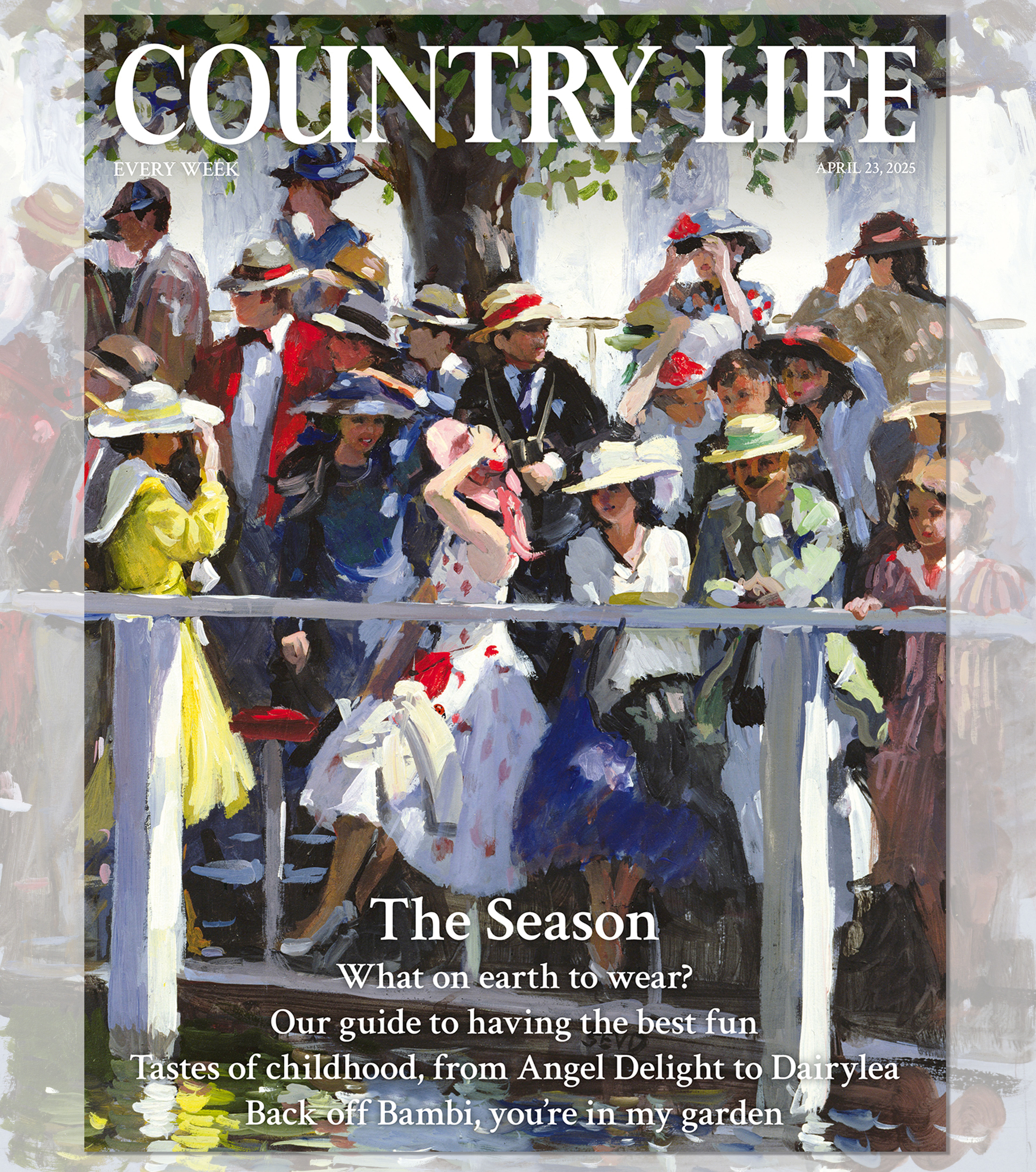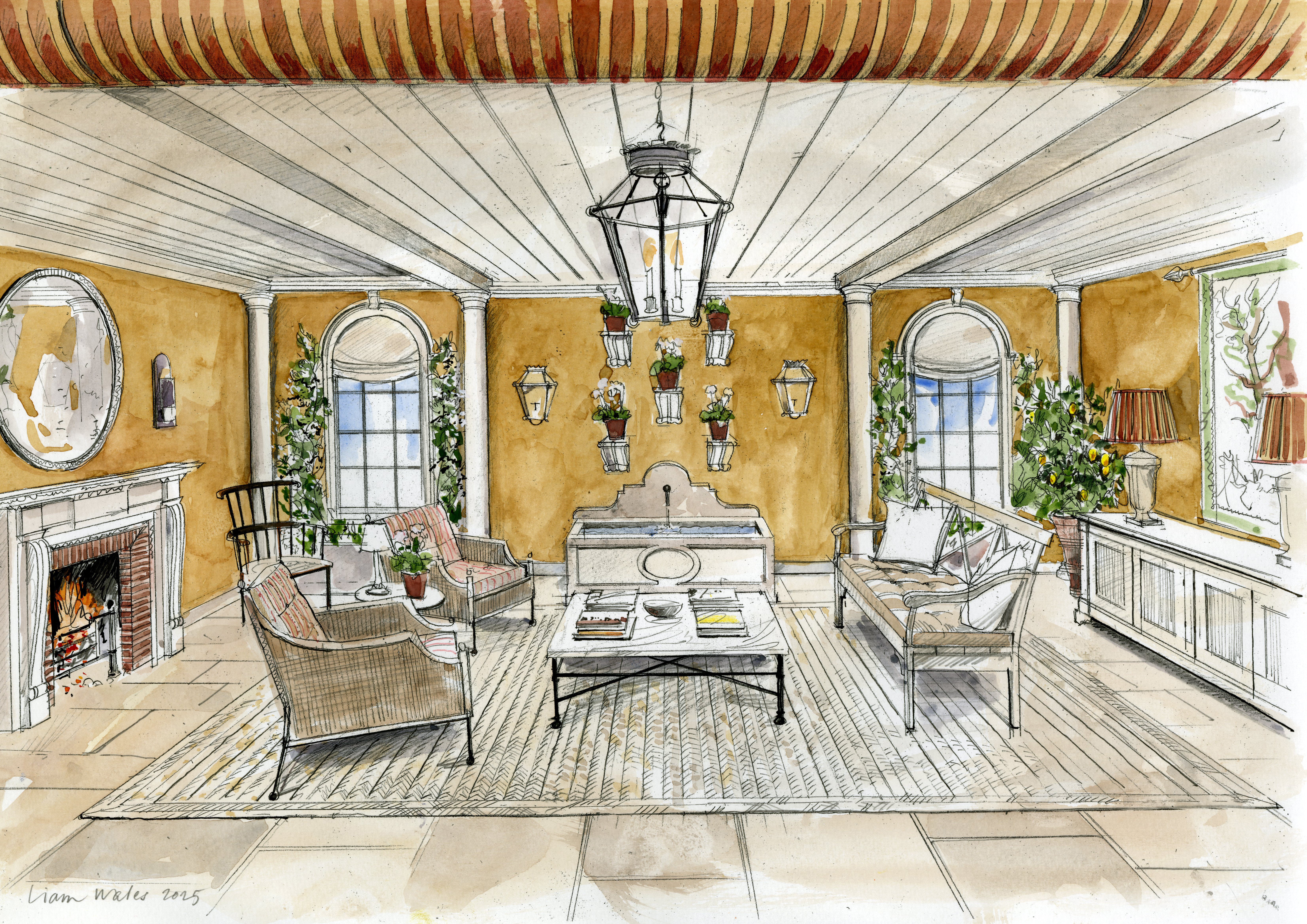Book review: The Last Highlander
James Fergusson enjoys a new biography of the Old Fox Simon Fraser, 11th Lord Lovat, clan chief, double agent and spy


To order any of the books reviewed or any other book in print, at
discount prices* and with free p&p to UK addresses, telephone the Country Life Bookshop on Bookshop 0843 060 0023. Or send a cheque/postal order to the Country Life Bookshop, PO Box 60, Helston TR13 0TP * See individual reviews for CL Bookshop price.
Biography/history The Last Highlander: Scotland's Most Notorious Clan Chief, Rebel & Double Agent Sarah Fraser (HarperPress, £20, *£17)
William Hogarth made more money from his portrait of Lord Lovat than from any picture he ever painted. Aged almost 80, Simon Fraser, MacShimidh Mor, chief of the clan Fraser and 11th Lord Lovat, was making his slow progress from Edinburgh to the Tower of London, there, on April 9, 1747, to be executed for high treason. He was the last person in Britain to be publicly beheaded; so great were the crowds who turned out that the stands built to hold them collapsed. Seven people died.
Hogarth caught him in St Albans the previous August, and the print etched from his sketch became a bestseller. It shows a grand, Johnsonian figure, huge in heavy-buttoned topcoat, handsomely bewigged, quizzical of eye, animated in conversation, furiously working gnarled fingers and thumbs. Is the man a hero, or is he a villain?
Dr Johnson had no doubts. Boswell recalled him reciting ‘with great energy' a contemporary poem on Lovat's execution: ‘But Lovat's fate indifferently we view./True to no King, to no religion true:.../The brave regret not, for he was not brave;/ The honest mourn not, knowing him a knave!' Sarah Fraser, married to a son of ‘Shimi', 15th (or, if you like, 17th) Lord Lovat, all-hailed brave hero of the Second World War, takes a more nuanced line-judicious in exploring the life of such a superlatively ambiguous rogue.
Lovat was in love with the idea of being a Highland chief. He dispensed justice and hospitality from his modest seat, Castle Dounie near Inverness, where, with all his ‘kin' around him, he held court as if he were a king in the sagas, not the citizen of a modern Enlightenment Scot-land. Wily and charming, he could be medievally brutal. To one end only was he addressed, the preservation and perpetuation of his title and estates. When he served two masters, it was because he respected none.
Sign up for the Country Life Newsletter
Exquisite houses, the beauty of Nature, and how to get the most from your life, straight to your inbox.
By heredity a Jacobite, he spent years in France exasperating the exile court of ‘James VIII' (converting to Catholicism the better to supplicate Louis XIV), but, weighing his own interests in the balance, took up arms for George I during the 1715 Rising. Come 1745, he was at once raising a company for George II and negotiating a dukedom with the King over the water. Even as he corresponded amiably with his Hanoverian neighbour the laird of Culloden, his son led the Frasers to support the Young Pretender. When Lovat was tried before his peers in 1747, it was not the first time he had been sentenced to death. He cut a dash to the last.
The Last Highlander is Sarah Fraser's first book. She has not always been well served by her editors-there are errors even in her maps and family tree; east is sometimes, worryingly, ‘west'. But, in examining the case for this fascinating old monster, she unravels a complicated tale with skill and tells it with gusto.
to Country Life and save £40%
Country Life is unlike any other magazine: the only glossy weekly on the newsstand and the only magazine that has been guest-edited by HRH The King not once, but twice. It is a celebration of modern rural life and all its diverse joys and pleasures — that was first published in Queen Victoria's Diamond Jubilee year. Our eclectic mixture of witty and informative content — from the most up-to-date property news and commentary and a coveted glimpse inside some of the UK's best houses and gardens, to gardening, the arts and interior design, written by experts in their field — still cannot be found in print or online, anywhere else.
-
 Country Life 23 April 2025
Country Life 23 April 2025Country Life 23 April 2025 looks at how to make the most of The Season in Britain: where to go, what to eat, who to look out for and much more.
By Toby Keel
-
 The big reveal: A first look at Country Life's RHS Chelsea Flower Show stand
The big reveal: A first look at Country Life's RHS Chelsea Flower Show standInterior designer Isabella Worsley reveals her plans for Country Life’s ‘outdoor drawing room’ at this year’s RHS Chelsea Flower Show.
By Country Life